Cigar Tip: Warm Up with These Hot Winter Beverages
17 Feb 2015
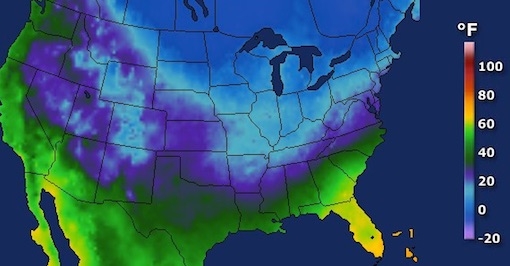
If you are, like me, in the ever-increasing part of the country where the temperatures have taken a dive, then maybe you’re looking for a fun way to warm up. And what better way than a warm drink that also packs a little boozy kick? Here are my five favorites:
Hot Toddy — A classic that can be made with scotch whisky (save the single malt, use a blend), bourbon, or even brandy. It’s simple to make. Just add sugar, lemon, and cloves to boiling water and your spirit. (Feel free to swap in honey or cinnamon, or even look for a recipe that uses ginger ale.)
Stonewall Jackson — A simple classic consisting of hot cider and bourbon (but rye, Tennessee whiskey, or even spiced rum fill in nicely). Want to kick this up notch? Add some mulling spices to turn it into mulled cider. Just don’t boil the booze out.
Hot Buttered Rum — Perhaps my favorite of the bunch, hot buttered rum is a little more complicated to make than the above drinks, but you’ll find that it’s really not too difficult. If you want, you can make a batch of the batter ahead of time (it will last in the freezer) or just make it as you go directly into a mug.
Mexican Hot Chocolate — While there are lots of recipes out there, “normal†Mexican hot chocolate is spicy and intense with unsweetened chocolate, cinnamon, and chiles. Adding some tequila kicks it up a notch. While I use something similar to this recipe, I might also add a splash of Cointreau.
Spiked Coffee — There are plenty of variations of the basic coffee (milk and sugar optional) with booze. Coffee or chocolate liqueurs are particularly popular options, although there’s nothing wrong with simply adding whiskey, rum, or brandy. Want a recommendation I picked up traveling in Mexico? Add goat milk caramel (you can buy it from Amazon) to coffee and Kahlua.
photo credit: AccuWeather

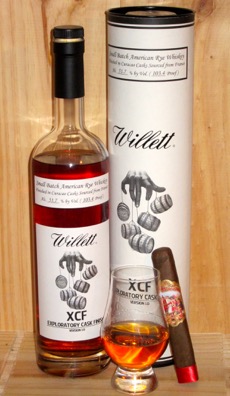 But there’s a catch: One of the key ingredients to good rye or bourbon is age in the barrel, and with the bourbon boom there are limited sources of well-aged whiskey. Even if you can find some aged product (or more likely procured some a few years ago when it was a little easier to come by) what you are buying is likely from the same source as what is already being sold in a different bottle with a different label.
But there’s a catch: One of the key ingredients to good rye or bourbon is age in the barrel, and with the bourbon boom there are limited sources of well-aged whiskey. Even if you can find some aged product (or more likely procured some a few years ago when it was a little easier to come by) what you are buying is likely from the same source as what is already being sold in a different bottle with a different label.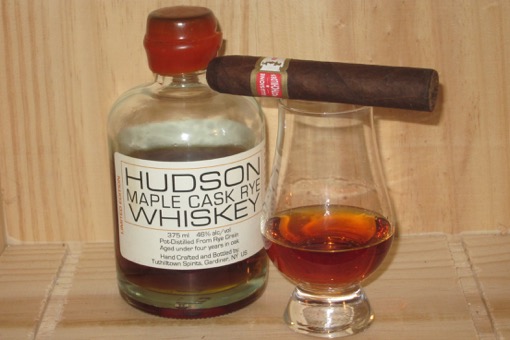
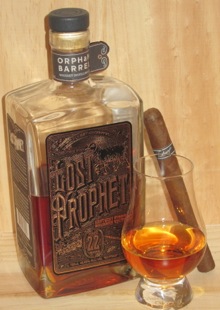 And yet many of the most sought-after bourbons are those of the extra-aged variety: Pappy Van Winkle 20 and 23,
And yet many of the most sought-after bourbons are those of the extra-aged variety: Pappy Van Winkle 20 and 23, 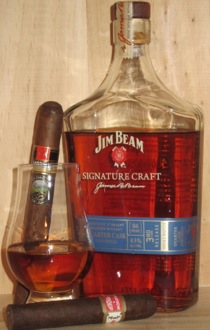 My feeling on the matter is a little more nuanced. Small barrels don’t necessarily make lousy bourbon, just a different style. But small barrels certainly aren’t a substitute for extended traditional barrel aging. With that in mind, I was looking forward to trying this new 86-proof release from Jim Beam. (I wrote about the regular offering to the Signature Craft series, the 12 Year Bourbon,
My feeling on the matter is a little more nuanced. Small barrels don’t necessarily make lousy bourbon, just a different style. But small barrels certainly aren’t a substitute for extended traditional barrel aging. With that in mind, I was looking forward to trying this new 86-proof release from Jim Beam. (I wrote about the regular offering to the Signature Craft series, the 12 Year Bourbon, 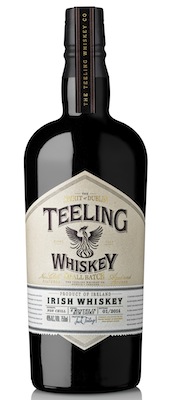 Still, there’s a lot to Irish whiskey beyond Jameson (not that there’s anything wrong with Jameson). And Teeling seems intent on proving that. Which is why I took Teeling’s marketing company up on an offer to try a bottle, which is relatively new to the U.S. market.
Still, there’s a lot to Irish whiskey beyond Jameson (not that there’s anything wrong with Jameson). And Teeling seems intent on proving that. Which is why I took Teeling’s marketing company up on an offer to try a bottle, which is relatively new to the U.S. market.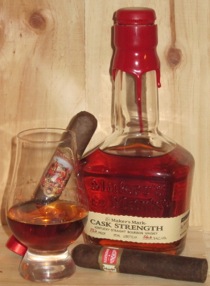 Perhaps it was seeing this outrage that made Maker’s Mark decide to introduce a new cask-strength offering. A more cynical drinker would suggest lowering the proof was a brilliant marketing ploy designed to stoke demand and pave the road for a premium-priced, limited, cask-strength edition.
Perhaps it was seeing this outrage that made Maker’s Mark decide to introduce a new cask-strength offering. A more cynical drinker would suggest lowering the proof was a brilliant marketing ploy designed to stoke demand and pave the road for a premium-priced, limited, cask-strength edition. Patrick Ashby
Co-Founder & Editor in Chief
Patrick Ashby
Co-Founder & Editor in Chief Patrick Semmens
Co-Founder & Publisher
Patrick Semmens
Co-Founder & Publisher George Edmonson
Tampa Bureau Chief
George Edmonson
Tampa Bureau Chief